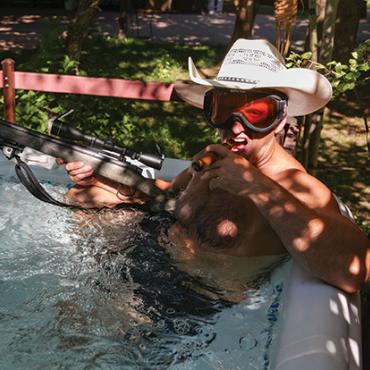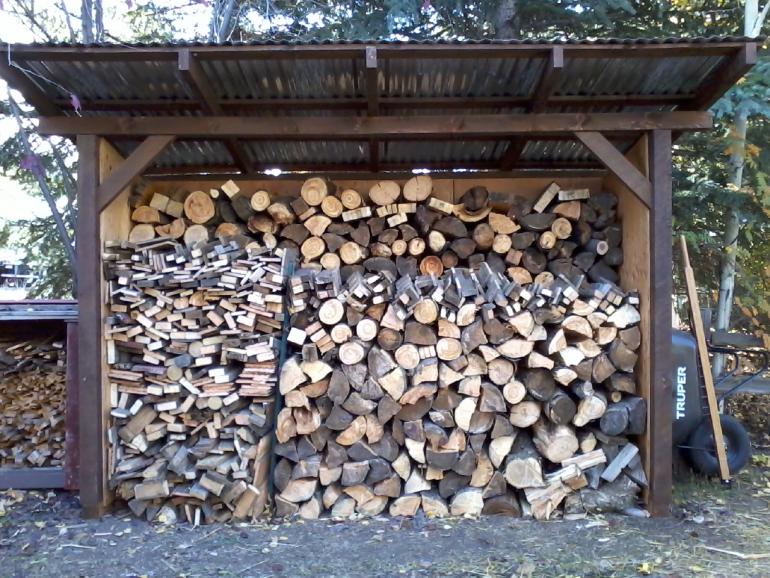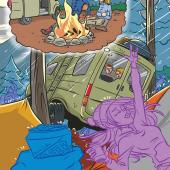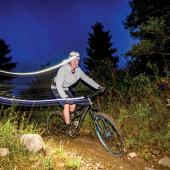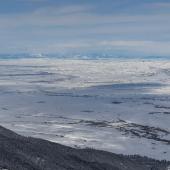Feelin' Scrappy
Nothing warms both body and spirit like a fireplace or woodstove in wintertime, not to mention the boon to your electric bill. The standard process around here is to harvest a truckload from the national forest, or buy a cord from someone who has. But there’s more than one way to skin a cat, and tons of ways to set one on fire. Fuel is all around you, if only you know where—and how—to look.
Construction sites. With another building boom underway, scrap lumber abounds. Cruise new subdivisions and building sites for slash piles. Be sure to ask first, but typically you’re doing the contractors a favor, as otherwise they’ll have to haul the stuff to the dump. Avoid treated lumber and other scraps that contain chemicals or glue.
Hardwoods. Typically eschewed in favor of fir and pine, our local hardwoods—ash, alder, aspen, birch, and cottonwood—burn just fine if seasoned and split properly. Keep your eyes open; this stuff is piled up everywhere.
Downed trees. Whether felled by a storm or for landscaping purposes, downed trees are usually a nuisance to landowners—save them the disposal effort and turn it into firewood. The city often cuts down trees, as well, to clear power lines or expand roads; check with them for upcoming removal projects.
Pallets. In today’s disposable society, unwanted pallets abound—find them at construction sites, loading docks, and next to dumpsters. Cut ‘em up with a skillsaw or chainsaw, just wear safety glasses and watch for nails. The planks can be burned whole or split into kindling, while the 2x4 supports burn well as small logs.
Dumpsters. Don’t be embarrassed to take a peek when you’re walking or driving by. The stuff people throw away these days is amazing—appalling, really—and it often includes trim pieces, scrap lumber, and broken furniture that, once broken down, make for excellent kindling.


